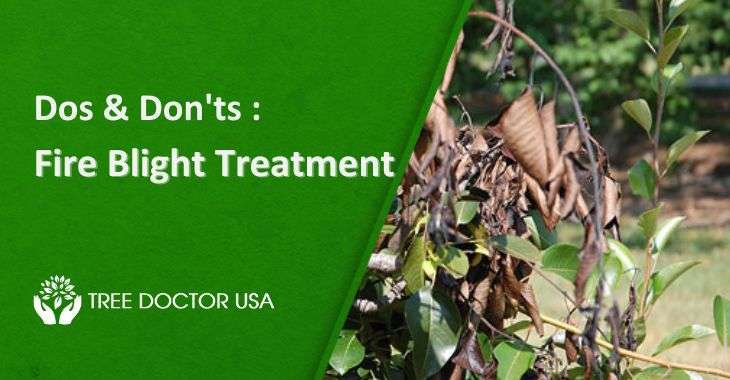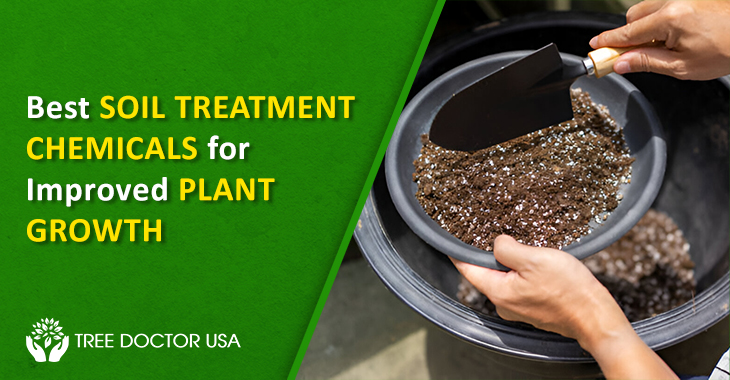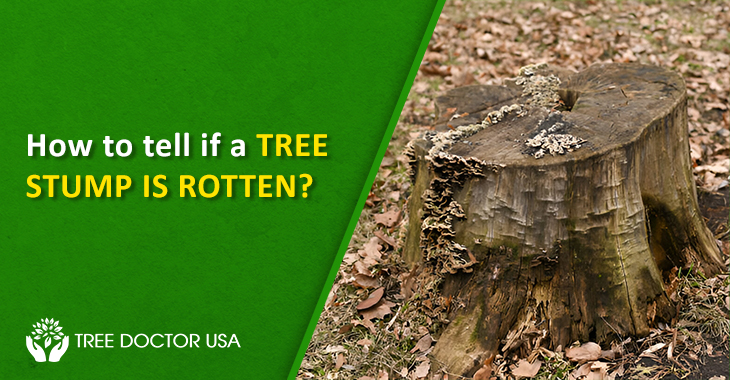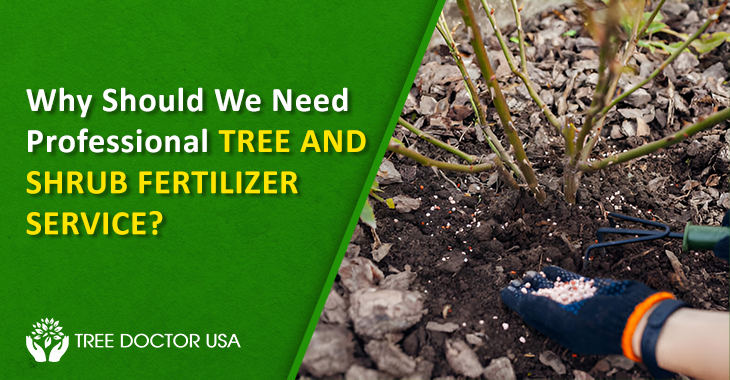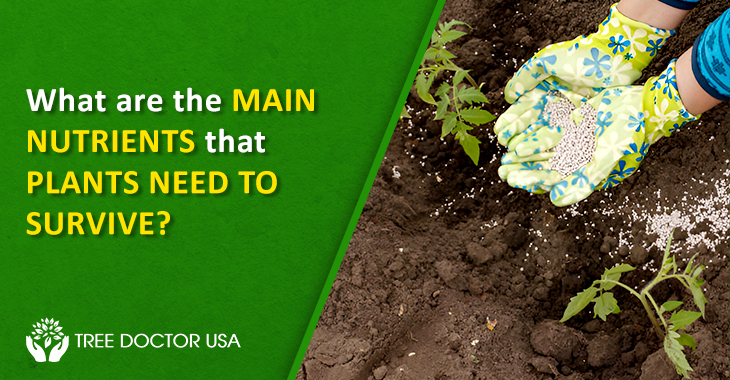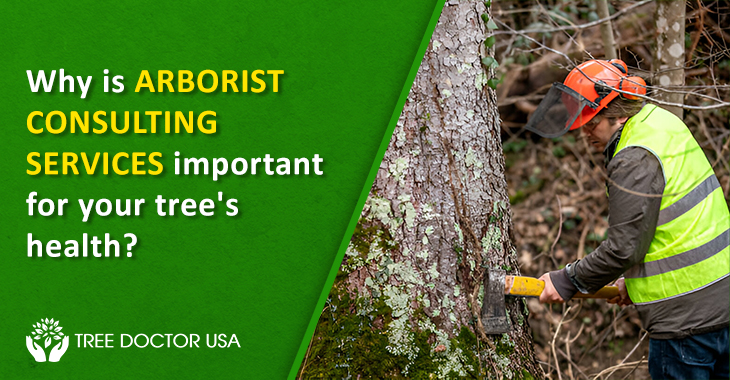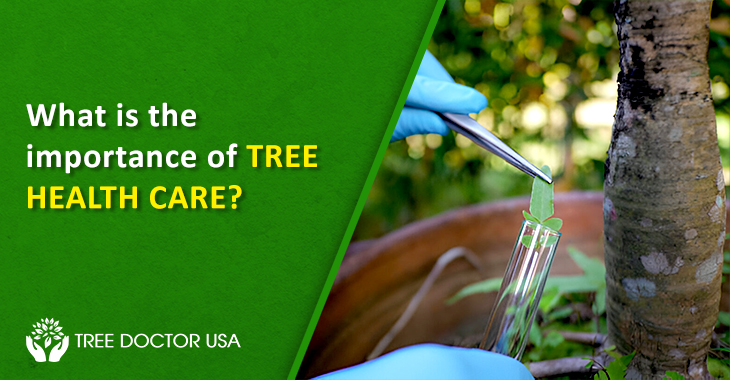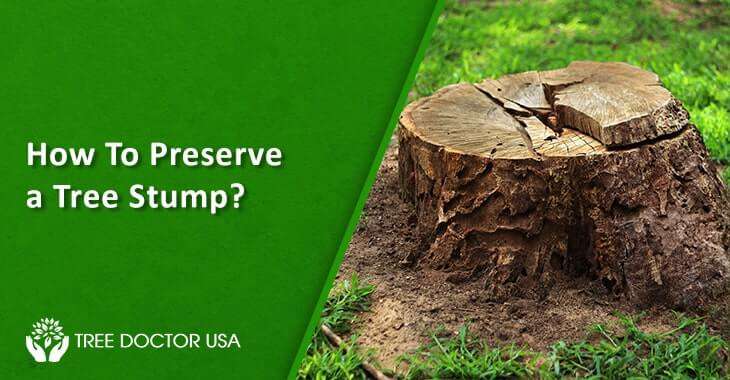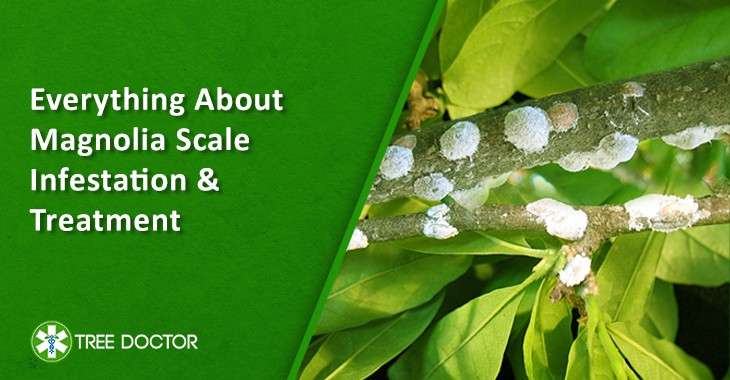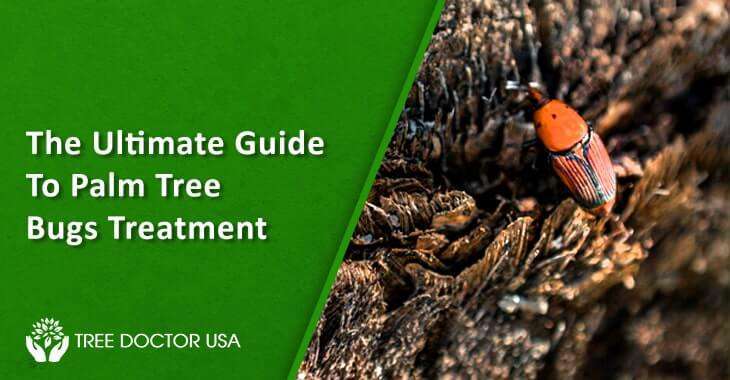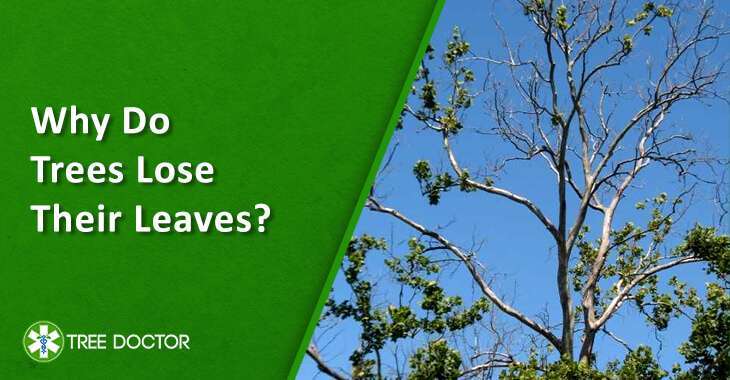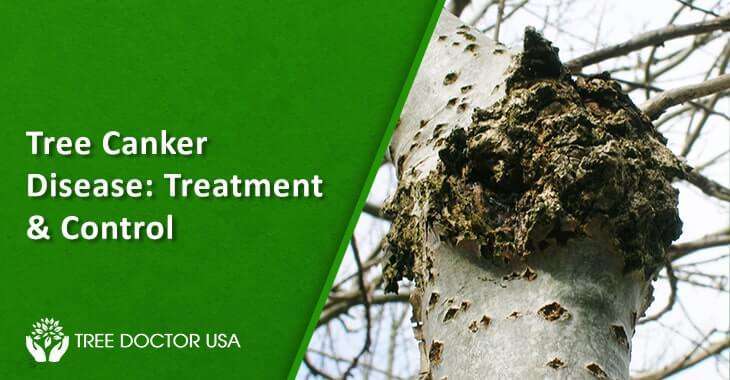The Dos and Don’ts of Fire Blight Treatment: Expert Tips for Success
Trees and plants are more vulnerable to infection, as dormancy begins in autumn. Many of these pathogens thrive in cooler and humid temperatures, which may appear in fall and spring. Infection intensity varies throughout the year. Certain tree diseases start to emerge, but if you do not have enough experience with tree disease management, you can not recognize certain symptoms.
So, in this blog post, we will discuss fire blight treatment dos & don’ts and will also provide tips to keep your trees healthy all year round.
What Is Fire Blight Disease?
Fire blight is one of the deadliest diseases amongst the rose family trees and related plants. Apple, cotoneaster, hawthorn, mountain ash, crabapple, rose, quince, spirea, and pyracantha. Particularly in spring, as soon as active growth begins, you can notice its symptoms on branches and trunk cankers.
Early detection is the ultimate key to saving your trees and plants from dying. The longer your plants remain infected, their chances of recovery are very slim.
What Causes The Fire Blight?
Primarily the seasonal weather causes the fire blight disease amongst apples, pears, etc. Especially warmer temperatures above 70°F to 80°F and intermittent rain cause humidity, which creates an ideal condition for fire blight to thrive. New growths are the entry points for fire blight to make its way up to a branch, in roots, and then to the roots. Minor negligence of symptoms may kill your trees in no time. Therefore, fire blight control should be a high priority once you notice the symptom.
Causal Organism Of Fire Blight:
Erwinia amylovora causes fire blight which is a gram-negative and rod-shaped bacterium. The bacteria splits its cells, and the temperature controls its division rate. Below 50°F, the cell division is minimal, and temperature between 50°F to 70°F causes slow cell division. The division rate increases rapidly above 70°F and is fastest when the temperature crosses 80°F. Above 90°F, plant and cell density declines.
Fire Blight Identification:
– You can notice black, violet, or grey overwintering cankers. Older cankers may have dried sunken tissue. Near the canker margin, you can see the reddish flecking if it is cut from the edge of an active canker.
– After two weeks or more, blossom fire blight symptoms become more obvious. The appearance of the floral receptacle, ovary, and peduncles turns water soaked, grayish, and dull. Afterward, tissues shrivel and become brown to black.
– Tips shoot start to wilt rapidly and form the signature shepherd’s crook. The diseased leaves turn black along the midrib and veins before turning necrotic. It clings to the host firmly after death.
– Generally, you can notice the rootstock infection near the graft union as the pathogen moves internally too. Rootstock infection can also occur from the infection of root suckers. It may appear water soaking, black discoloration, bacterial ooze, or cracking.
Also Read: Warning Signs of Fire Blight: How to Identify and Prevent this Devastating Disease
The Dos & Don’ts Of Fire Blight Treatment:
- During winter, ensure you cut old blight cankers before pruning since it is the safest way to get rid of the blighted part.
- Ensure you make the winter removal cuts closer to the visible canker edge since pathogens are confined to the cankered area.
- Late dormant copper application is beneficial since it facilitates sanitation and reduces the inocula level going into spring.
- Whenever you notice fire blight symptoms in summer, cut out blight immediately. Make a cut of 12 to 18″ below the visible canker. If cut early, it reduces further damage.
- Ensure you control the weed and limit the humidity level. In bloom, do not irrigate.
- Blossom removal and removal in late blooms reduce the flower numbers and thus limit the potential infection.
- Moderate the tree vigor to minimize the damage to the tree.
- Calculate the risk of fire blight infection depending on the temperature and humidity level.
- Whenever there are flowers on the tree, warm weather and wetting occur, fire blight infestation chances are increased. Ensure you take the necessary measures to stop it.
- Ensure your spray protects the new bloom as well, and carry out the follow-up spray every few days in warm weather.
- Choose the resistant plant species that can withstand this deadly disease. Choose Red Delicious apple plants over Gala, as it is more resistant to fire blight.
- Fertilize your plants properly. It helps to produce new growth. However, new growth is more susceptible to fire blight, so follow-up sprays are essential.
- Prune your trees properly, if you have high risk plants in your garden, consult Tree Doctor’s arborists.
Avoid Following Mistakes And Control The Fire Blight Infection:
– Do not prune your plants with dull or dirty tools since it tries to splinter.
– Avoid over-pruning because it depletes the tree’s resources and makes it harder for trees to recover from the infection.
– Do not fertilize randomly. Check certified arborists’ advice and take necessary actions to control the fire blight infection.
– Do not choose the plant unsystematically. Check your garden soil and weather conditions and choose the resistant varieties of plants.
– Do not plant nearby wild plants such as hawthorn, pear, or apple.
– Ensure the spray application timing. Spraying just once won’t help you with tree disease control.
– Avoid using premixed spray applications as premixed concentrate sat for a while, which makes them less effective.
– Do not spray the plant just once. During periods of high humidity, spray the chemical application at four to five days intervals until the late bloom is over.
– Spraying is not effective if entire tree plants are not completely drenched. So, ensure you thoroughly spray the application.
– Spraying is not effective if entire tree plants are not completely drenched. So, ensure you thoroughly spray the application.
– Do not use fertilization that generates significant growth in spring, as it is more prone to infection.
– Ensure you do not compost the diseased material, as it increases the chances of more infestation of healthy plants and trees.
– When the infection rate reaches above the control level, consider removing it from the yard, or it may infect the other healthy plants or trees.
– Avoid treating fire blight on your own and seek help from Tree Doctor’s experienced and certified arborists for fire blight treatment.
Conclusion:
Systematic actions can help you control the fire blight disease. You can choose to hire professional services as well for fire blight control. ornament or fruit trees are the focal points of your garden if you suspect fire blight or any other disease infection in your yard do not hesitate to call Tree Doctor USA. Tree Doctor arborists are certified and receive regular training to find the best-fit plant for fire blight control.

